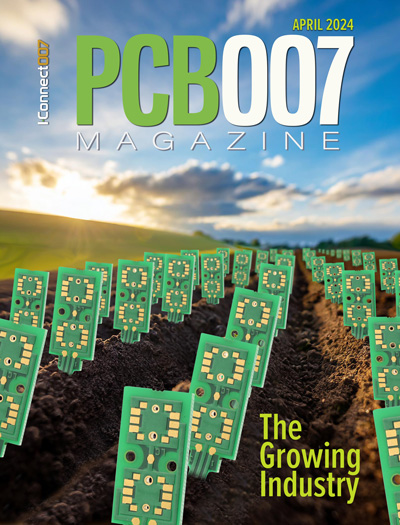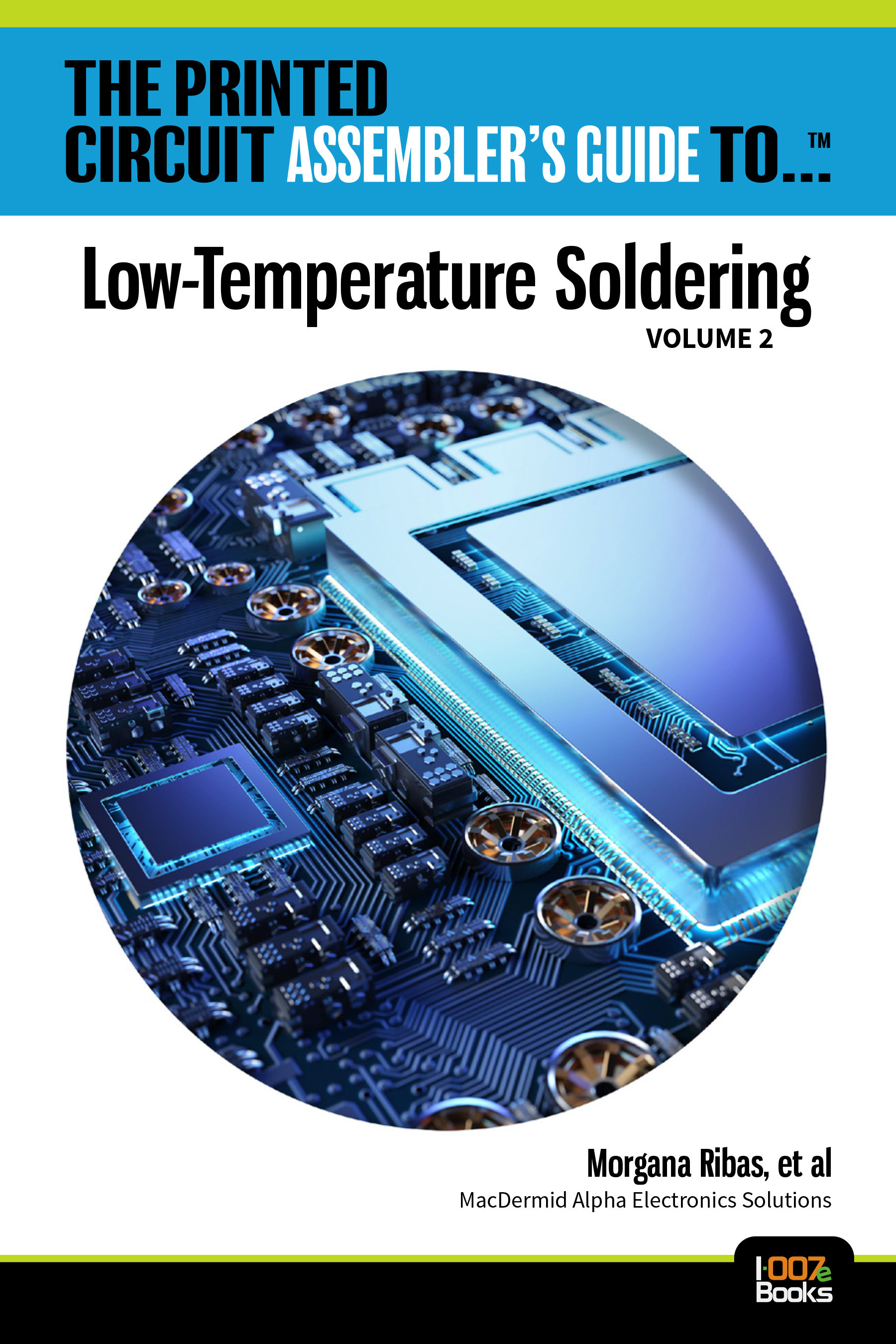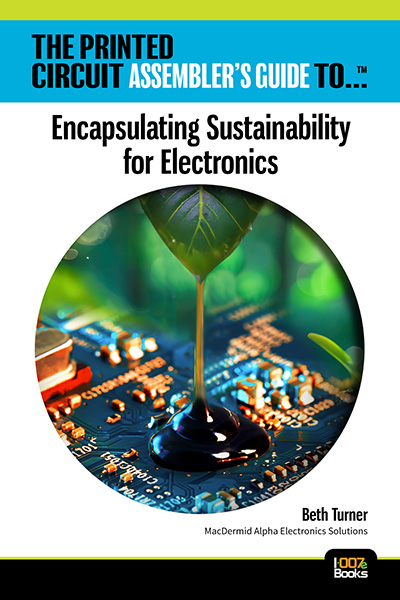-

- News
- Books
Featured Books
- pcb007 Magazine
Latest Issues
Current Issue
The Growing Industry
In this issue of PCB007 Magazine, we talk with leading economic experts, advocacy specialists in Washington, D.C., and PCB company leadership to get a well-rounded picture of what’s happening in the industry today. Don’t miss it.

The Sustainability Issue
Sustainability is one of the most widely used terms in business today, especially for electronics and manufacturing but what does it mean to you? We explore the environmental, business, and economic impacts.

The Fabricator’s Guide to IPC APEX EXPO
This issue previews many of the important events taking place at this year's show and highlights some changes and opportunities. So, buckle up. We are counting down to IPC APEX EXPO 2024.
- Articles
- Columns
Search Console
- Links
- Events
||| MENU - pcb007 Magazine
Jumping Off the Bandwagon
Column from: Tom Borkes
Tom Borkes is founder of The Jefferson Project, dedicated to developing and maintaining a world-class workforce for the domestic electronics industry. With over 35 years of technical, managerial and teaching experience in electronic product design, assembly and test, he assists clients in reducing labor costs through automation by using their manufacturing facility as the classroom. Tom is in currently in the process of launching the Jefferson Institute of Technology, a college wrapped around a contract manufacturing business: The Jefferson Electronic Manufacturing Center. A four-year undergraduate program will lead to a B.S. in Applied Electronic Product Design and Manufacturing Sciences.


